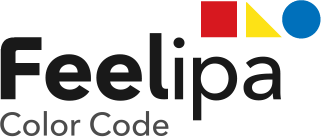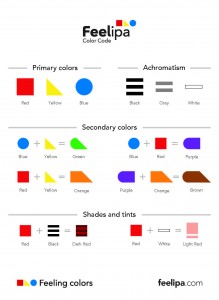For Organizations and Companies
According to WHO there are 285 million people in the world with some kind of severe visual impairment. These people have the right to touch color, to see color, to feel color. Color isn’t just for some, it’s for everyone.
This is where Feelipa comes in. This is where you come in.
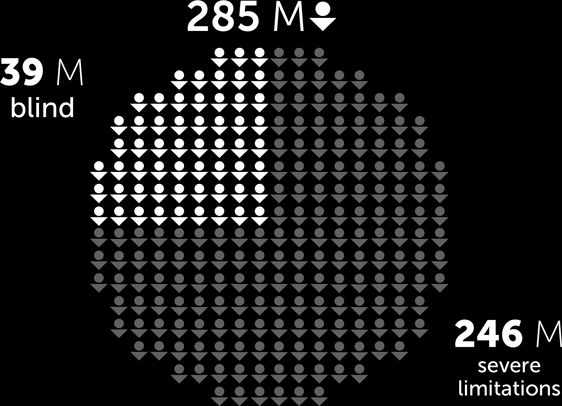
You can make the difference.
It is our duty to create a more responsible, inclusive society.
You probably know one of the 285 million visually impaired people. Visual impaired are not only blind people, but also color blind, partially sighted, with cataracts, glaucoma or low vision, who deal with obstacles and constraints everyday.
Now, with Feelipa, it is possible to break some of those barriers, through proper access to colors. And you can play a decisive role in this achievement.
Do you know what a square, a triangle and a circle are?
These are the primary colors.

Do you know how color mixing works?
Then you already know the other colors.
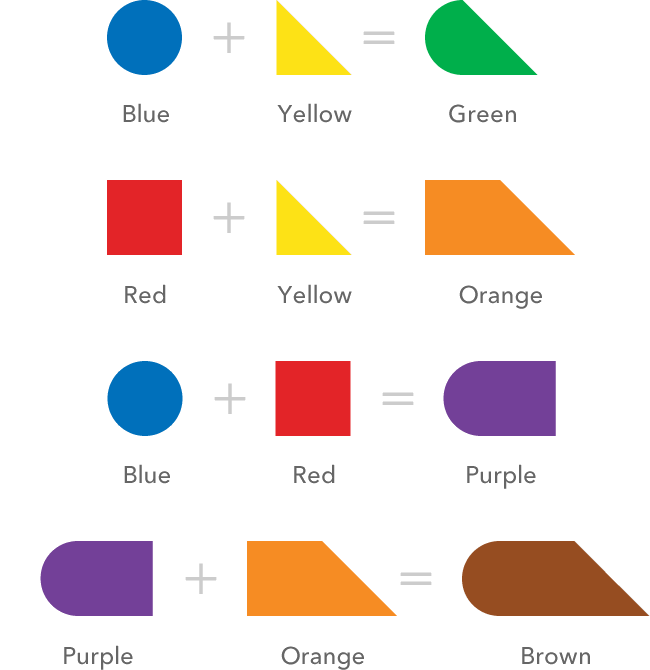
Black and white are colors too. And so is gray.
Because these are “special” colors, they are represented with straight horizontal lines.

Mix black or white for shades or tints.
Shades have black inside of the geometric shape, and tints have white on the outside.
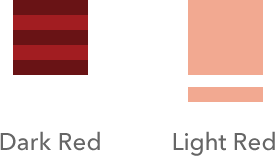
A whole range of colors.
Following this simple logic, it’s possible to obtain a diverse
color palette which spans 24 different colors.
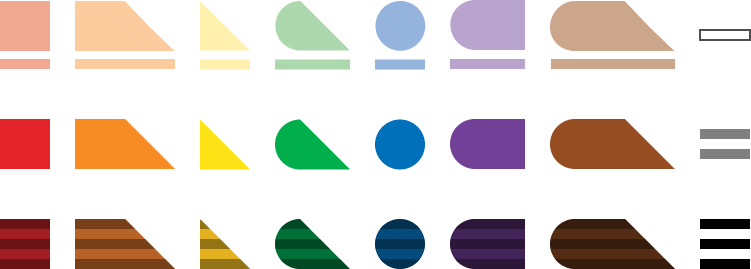
Feelipa Explanation Sheet
Download a simple one-sheet explanation of Feelipa, print it and share it with others.
Download Explanation SheetUniversal, Simple, Inclusive.
Feelipa is a very simple, easy to memorize and universal color code, by being associated with globally recognized geometric shapes. By presenting itself in relief, it is easy for anyone to correctly identify colors.
Because color is for everyone.
A rainbow of infinite possibilities.
Feelipa can be applied to numerous industries.
Because color is in everything that surrounds us, and is an identifying and distinguishing element.
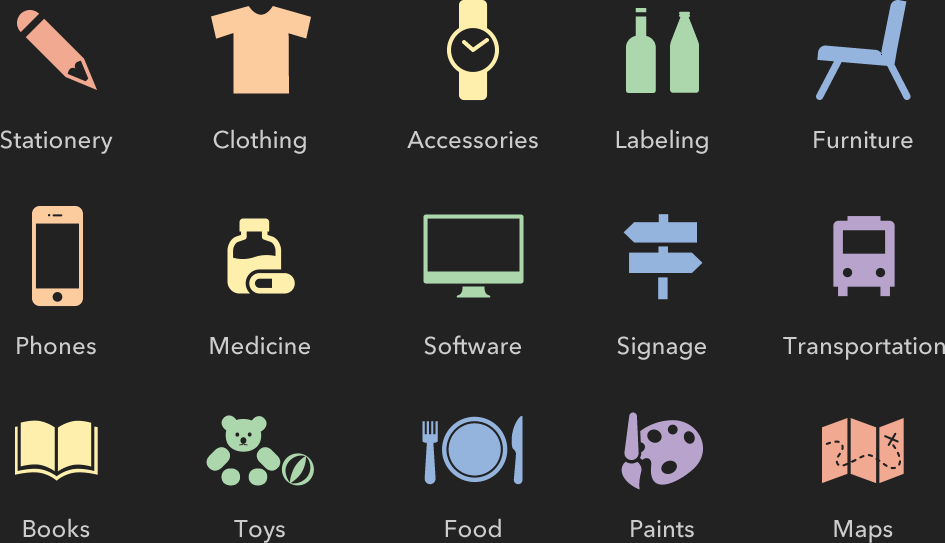
Be more inclusive.
We help you think about the solution, but the interest should be from everyone.
Together we can make our world a little better.
Symbols credits: “Computer”, “iPhone”, “Pencil” and “Watch” by Edward Boatman; “Chair” by John Caserta; “Medicine” by Lemon Liu; “Signpost” by Michael Rowe; “Book” by Ben Rex Furneaux; “Place Setting” by Stanislav Levin; “Paint Brush” by Björn Andersson; “Map” by Atelier Iceberg; from The Noun Project collection.
